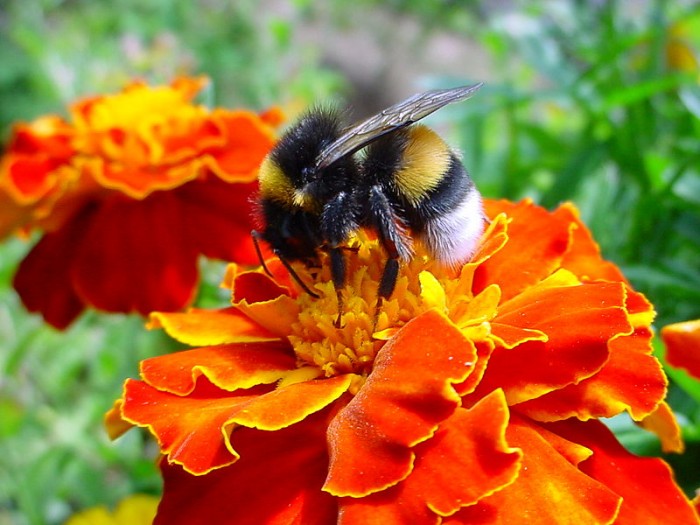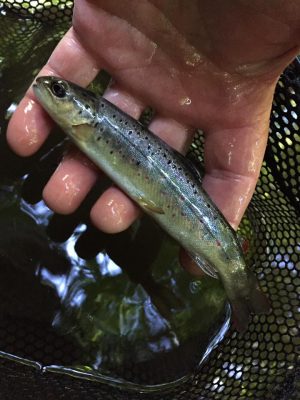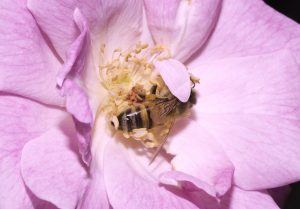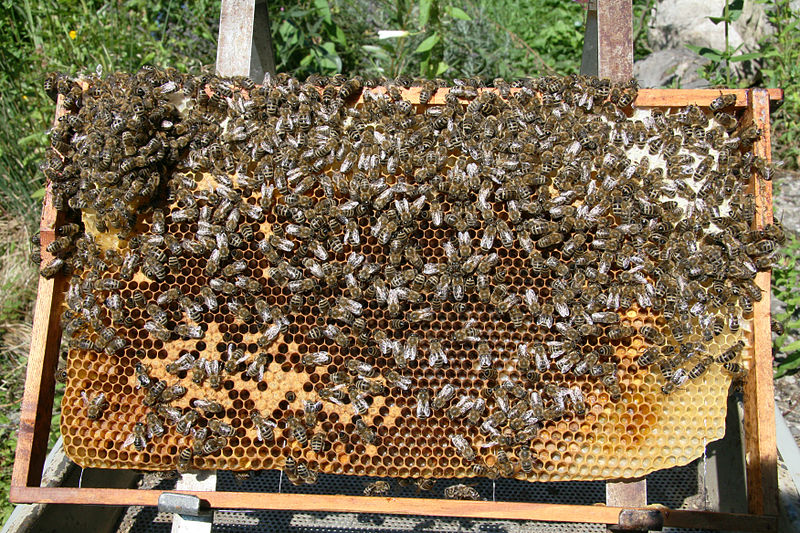Plant a Flower to Save a Bumblebee
Take the fox glove as an example; it has evolved specific adaptations to attract and facilitate the bumblebee, its main pollinator.
 Image: By Christian Bauer (Source License link) [CC-BY-2.0 (http://creativecommons.org/licenses/by/2.0)], via Wikimedia Commons
Image: By Christian Bauer (Source License link) [CC-BY-2.0 (http://creativecommons.org/licenses/by/2.0)], via Wikimedia Commons With spring just around the corner, it’s not long before the countryside of Britain will be alive with sound and colour. One particular sound we associate with spring and summer is that of a buzzing bee. These creatures play a crucial role in pollinating our plants while they spend their time collecting nectar from flowers. Their importance both economically and ecologically is sometimes underestimated. One in particular, the bumblebee, has suffered great declines recently as two, now possibly three, species have become nationally extinct. A further six species of bumblebee are now UKBAP priority species as they are under threat. It is essential that we do our best to conserve these British bumblebee populations and this can be as simple as planting a flower in your garden.
The reason that bumblebees are so important is because so many plants rely on them for pollination. Without pollinators our flowers would not bear fruit or seed and therefore would not be able to reproduce. Take the fox glove as an example; it has evolved specific adaptations to attract and facilitate the bumblebee, its main pollinator. Fox gloves are beautiful flowers which are aesthetically pleasing and digitalis, a chemical used to treat heart problems, is extracted from this plant. Foxgloves are also important to many species of butterfly and moth which feed on their flowers. There are a vast array of plants which rely on bumblebees as pollinators, including those that make up our crops. The loss of the bumblebee would have a drastic effect on our current lifestyle and the many animals that rely on these plants for food.
The best way to protect our bumble bee populations is to limit the loss of important habitat. Farmers could play a big part in saving the bumblebee by encouraging wild flowers to grow in hedge rows and also making good use of Agri-environmental schemes to ensure their farming is bumblebee friendly. Any patches of wildflowers are useful to bumblebees and even you could help by planting a few native wildflowers in your garden. Perhaps a foxglove, some honeysuckle or some lupins? There are so many wildflowers that attract bumblebees and not only would you be helping a good cause but it would bring you enjoyment as well!





No comments yet.